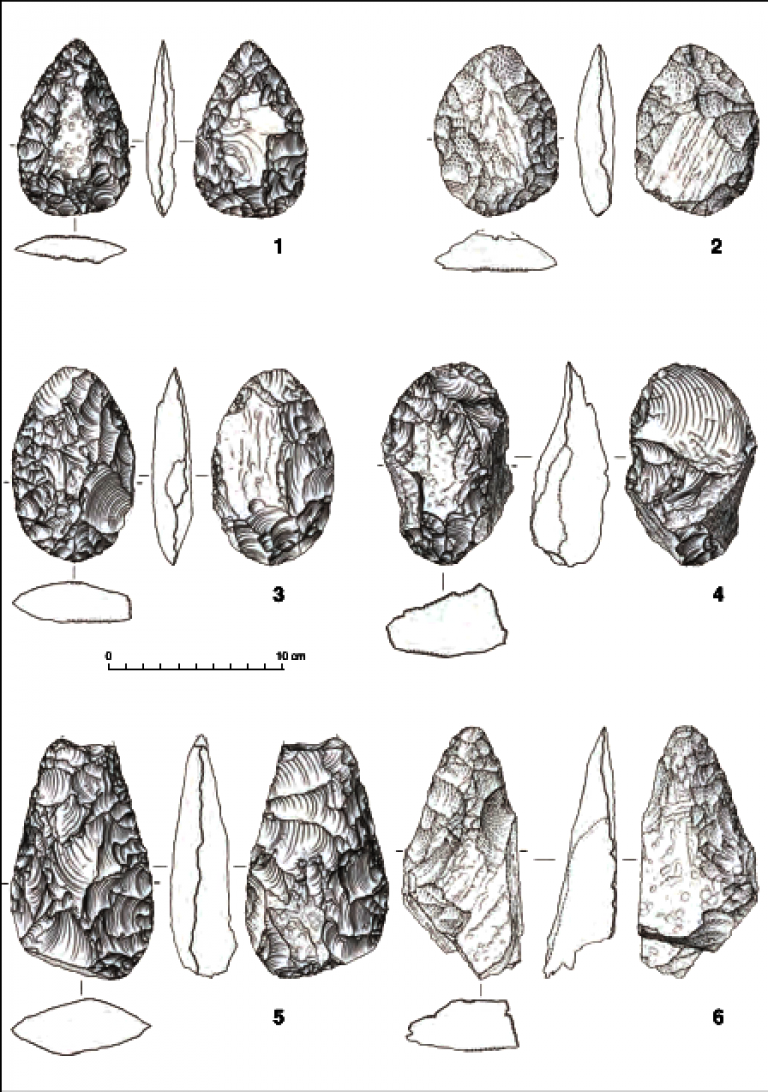Highest African Acheulean Archaeological Site Found on Ethiopian Mountain
4 February 2019
High-altitude mountain habitats are regarded as unfavorable for human occupation (e.
 g., Aldenderfer 2014) and basic findings of high altitude human physiology research impressively illustrate this: e.g., prevalence of high-altitude hypoxia, increased UV radiation, increased loss of water, and higher basal metabolic rates (Beal 2001; Berghold and Schaffert 2009). Therefore, it seems reasonable that hominins would only be pushed into such conditions by decreasing land resources in the lowlands following rapid population increase or ecological changes (Basell 2008; Foerster et al. 2015). In fact, the scarce archeological evidence for a pre-Holocene occupation of high mountain ranges hypothesized a late colonization of these environments. Archeological investigations on Mount Dendi (3270 m a.s.l.) located on the Ethiopian Plateau question this assumption.
g., Aldenderfer 2014) and basic findings of high altitude human physiology research impressively illustrate this: e.g., prevalence of high-altitude hypoxia, increased UV radiation, increased loss of water, and higher basal metabolic rates (Beal 2001; Berghold and Schaffert 2009). Therefore, it seems reasonable that hominins would only be pushed into such conditions by decreasing land resources in the lowlands following rapid population increase or ecological changes (Basell 2008; Foerster et al. 2015). In fact, the scarce archeological evidence for a pre-Holocene occupation of high mountain ranges hypothesized a late colonization of these environments. Archeological investigations on Mount Dendi (3270 m a.s.l.) located on the Ethiopian Plateau question this assumption.
When Hominins Conquered Highlands-an Acheulean Site at 3000 m a.s.l. on Mount Dendi/Ethiopia
Ralf Vogelsang, Olaf Bubenzer, Martin Kehl, Svenja Meyer, Jürgen Richter, Bahru Zinaye
DOI: 10.1007/s41982-018-0015-9
 Close
Close

